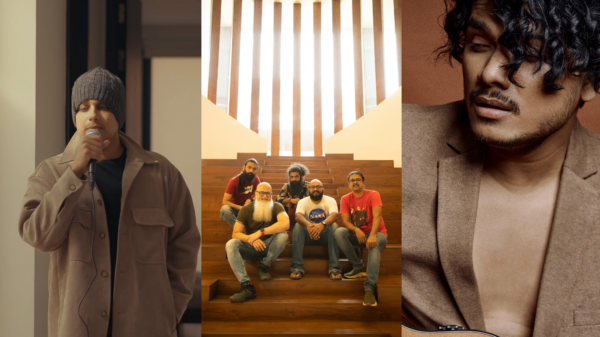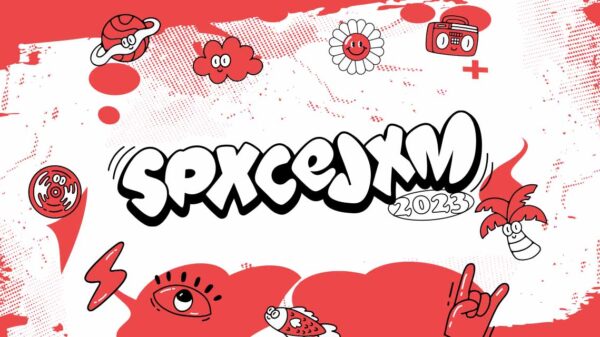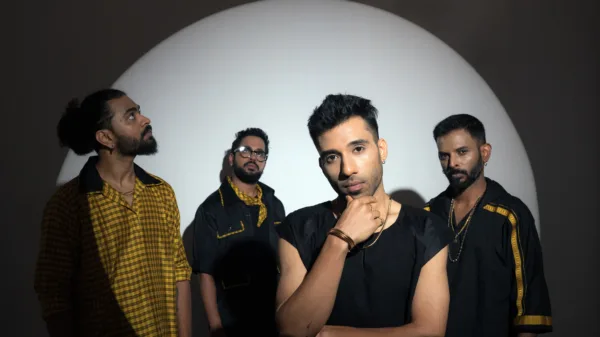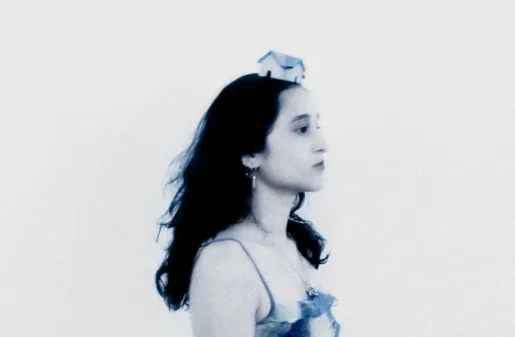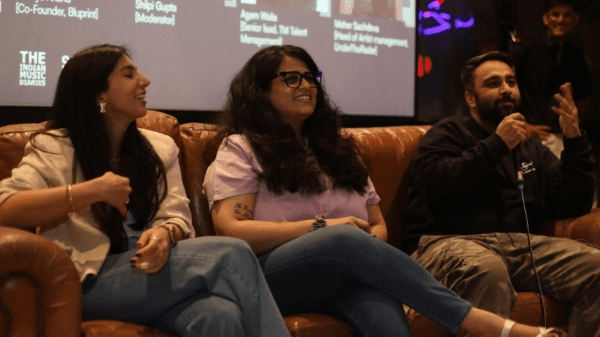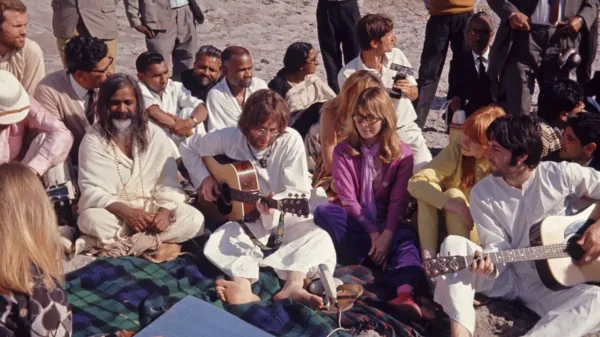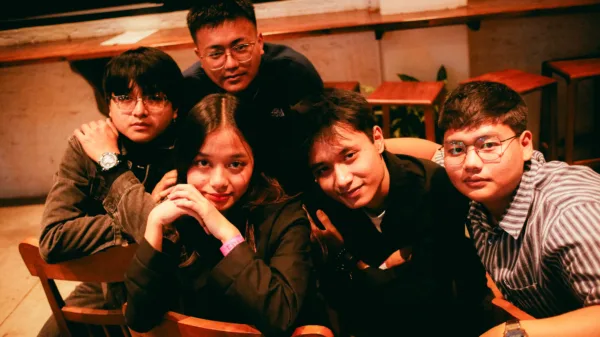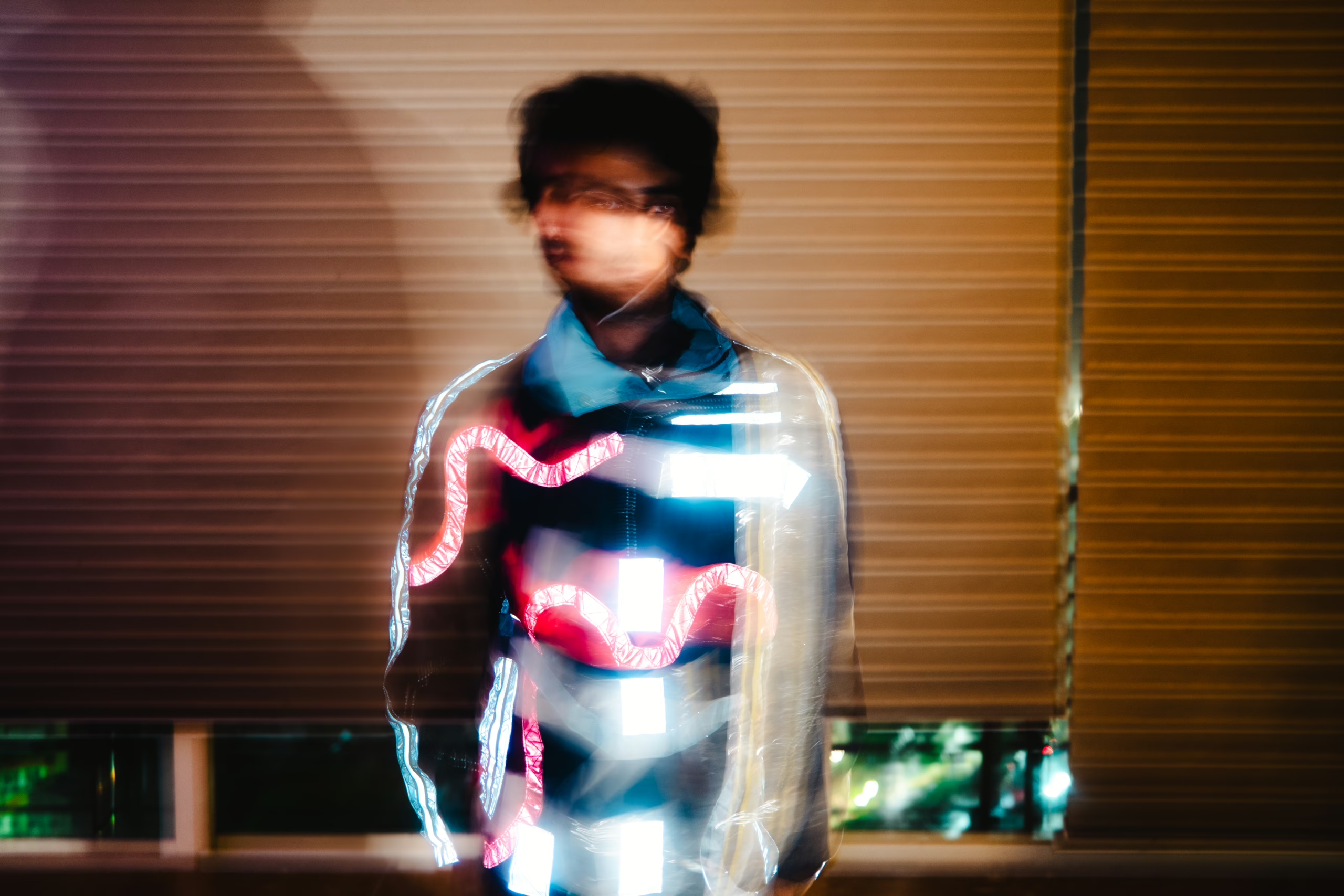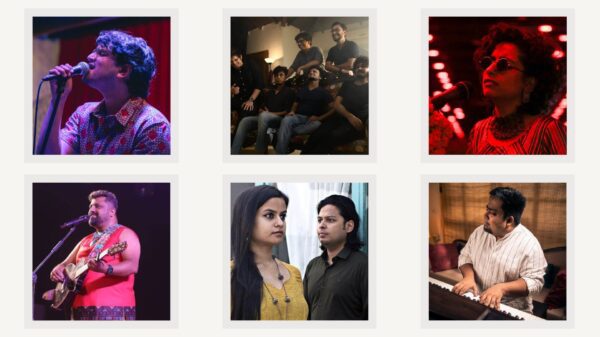Electronic Music in India has come a long way over the 2010s and in the 20s, the genre plays a crucial role not just as a medium of production but as a frontier to challenge the sonic edge. Sanjay Das a.k.a. ‘philterSoup’ is not just a byproduct of the movement but a confluence of tasteful writing and incredible exploration in sonic shot-circuitry. ‘Lights On’ the debut offering from Sanjay Das perfectly showcases a melting pot of forward musical and aural craftsmanship. Das’s catalog up till this point has also spoken of his ability to blend meaningful songwriting and lyricism with wicked electronic magic. With ‘Lights On’ however, he has displayed depth not just as a producer and collaborator but a creative force sitting in the drivers seat. Everything from the songs themselves to the assets supporting the release of his album speaks to his fleeting idiosyncrasies and those of his collaborators. All of this adds to his package which is not about singular details but the larger impression it leaves on you.

‘Hampi’ opens the album with a lone light kaleidoscopic synth, already setting the stage for an adventure. The production is detail oriented but not academic. The song imagining, what can only be Hampi at sunset, is one of the two non-vocal songs on the album, welcoming the listener to journey deeper in to the track list. ‘IKYHWM’ the second song on the album and also the featured single that dropped right before the album did, features long time collaborator and friend Karshni Nair on vocals and lyrics. The song begins with gradually brightening arps and a catchy pitched vocal sample which seamlessly transition to Karshni’s dark velvety verse. Her spacing and direction, vocally, are hooky accompanied with lyrical depth. Das’s production also spotlights her vocals with production relying on a tight breakbeat and details that don’t interfere.
‘Speak In Your Sleep’ features Satyajit Chatterji who, much like Karshni has been a long time collaborator to Sanjay. On the track, Chatterji, who is primarily a guitarist can be heard showcasing his vocal prowess. ‘Speak In Your Sleep’ is a more experimental track both melodically and texturally. The song is busy but light, with enough space between each of Satyajit’s croons. Despite the dense drum production and harmonies the song is serene. ‘Click Track GF’ features the last of the three collaborators ‘Rounak Maiti’. Another regular partner in Das’s musical adventures, Maiti lends his sensibilities completely to ‘philterSoup”s universe. At this point it’s worth noting that Das has successfully understood the aesthetic dispositions of his fellow collaborators and moulded them in to his production without any one of them feeling out of place. Das has highlighted their varied approaches to songwriting without compromising the artistic coherence of his album.

‘Search For What’ also features Rounak Maiti, singing indulgently contrasting Das’s slipping glitches. The track possesses an ephemeral quality where the focus is on the feel of the track compared to the undulated beat and polyrhythmic structure. Das’s almost chance based production halfway into the tune is peak production that shines through with so much clarity and sheen. Maiti’s melodies that are usually inspired in by country find a fitting home in Das’s electronic soundscape, highlighting Maiti’s versatile construction. ‘Groofy’, the second instrumental on the album is a grime dream featuring Satyajit Chatterji, now as a guitarist. Both Das and Chatterji having a a vivid history in Jazz and Classical disciplines explore the bounds of odd time signatures and cutthroat production perfectly reflecting each others weird palettes. Das’s use of drum breaks throughout the album also speaks of a certain mastery, which brings us to the next track,’Heart To Hold’.
Featuring Karshni, the track opens with vicious drum breaks gently transforming in to a sweet bed of synths. Das’s understanding of pace is on display, generally, as he is able to fully convey songwriting ideas despite using quick and often slippery sounds and this is no different. Vocally, Karshni explores a fair bit of range with some really high pitched backing vocals which can almost be mistaken for a lead synth. But my favourite track on this album has to be ‘Vessels’ this time featuring an auto-tuned Karshni. The song comes at the right time on the list and it very aptly slows things down. It’s a moment of respite on the album still rife with intricacies but gentle. It’s an easy transition into the final two songs.

‘Lights on Part 1 and Part 2’ feature Satyajit Chatterji on vocal duties. Both clearly hinting at the closure of the album. Chatterji’s contributions on the album as a songwriter and vocalist are some of the most unique I’ve heard in a while. The chemistry between both Das and Chatterji is really palpable not just on these two tracks but in their previous collabs in and beyond the album. Of the three guest collaborators, Chatterji seems to really fit Das’s puzzles as compositionally and sonically, their collabs are equal parts fun and complex. ‘Lights on Part 2’ is a energetic homage to Part 1, tangentially playing on the idea of the lyric ‘Now the lights are on, You can start again’.
Most electronic albums from the country dsicuss concepts or share ideas or strings of experimentation. ‘Lights On’ on the other hand is a complete album full of songs that have been written, composed and produced with great care. It uses the motif of electronic experimentation to convey ideas and while the experimentation is certainly a point of focus in all the songs, in the grander scheme of things its a language that Das has developed to create his world. I sincerely hope that more electronic artists take a cue from this and indulge themselves in developing their own palette before releasing material in the name of experimentation. Also, whatever the medium and genre the power of good music is certainly undeniable, this labum proves it.
Listen to ‘Lights On’ on Apple Music & Spotify

